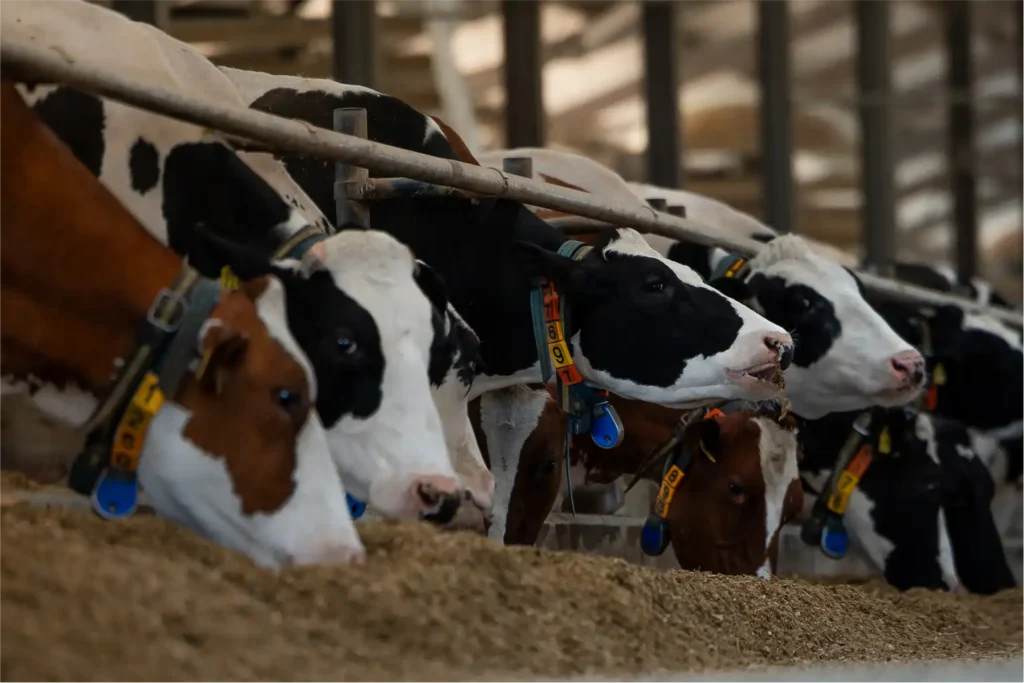
US Bird Flu: Despite a decline in H5N1 avian flu outbreaks on US dairy farms in recent months, scientists say the virus is still circulating and may be spreading through previously underestimated routes, airborne transmission and contaminated wastewater.
A new preprint study published on bioRxiv by researchers from Emory University and other institutions sheds light on how the virus could be moving between cows, environments, and potentially even humans. The team conducted detailed sampling and testing on 14 dairy farms in two outbreak-prone regions of California, revealing new insights into the virus’s behaviour.
Also Read | Virologists press US on bird flu human transmission threat
While earlier outbreaks had pointed to contaminated milking equipment and infected milk as key sources of transmission, researchers now say that virus particles are being detected in the air during milking, as well as in wastewater systems throughout the farms.
Using multiple air-sampling devices, including a filter cassette worn by workers to model human exposure, scientists detected H5N1 viral RNA in six out of 71 air samples collected from milking parlors and cow housing areas. Further sampling on nine additional farms found H5N1 RNA in 21 of 35 air samples, with four samples containing infectious virus. The findings offer strong evidence that the virus is not just present in the environment but remains capable of causing infection during milking activities.
Researchers also examined wastewater from various parts of the farms, including drainage points, sump pumps, manure lagoons, and cleaned equipment areas. H5N1 RNA was found throughout the waste stream, with two samples showing live infectious virus. The presence of viral material in manure lagoons, often frequented by migratory birds and surrounded by grazing cows, raises concerns about a wider ecological spread.
Milk samples collected from individual udders further revealed widespread subclinical infections among cows. Genome sequencing of the air and water virus samples identified several amino acid changes, some of which varied across farms, offering potential clues to transmission patterns.
The US Department of Agriculture continues to report sporadic H5N1 detections. Since early 2024, 1,078 infected herds have been reported across 17 states. Experts say these findings underscore the need for stronger mitigation efforts








